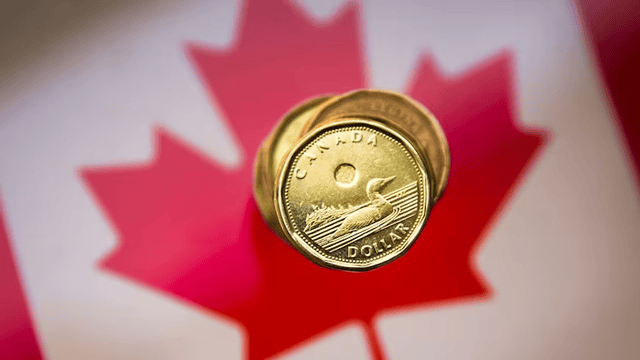
Canada’s 2024 Fall Economic Update Highlights Plans for Growth, Security, and Cost of Living Relief
Ottawa, Ontario – December 16, 2024: The Government of Canada unveiled its 2024 Fall Economic Statement, showcasing initiatives aimed at fostering economic growth, enhancing social programs, and bolstering national security. This strategic plan prioritizes affordability for Canadians, job creation, and measures to address safety concerns while maintaining a balanced fiscal approach.
Strengthening Canada’s Social Safety Net
The statement highlights investments in key areas to improve the lives of Canadians. Measures include reducing costs for essentials such as childcare, dental care, and prescription drugs, including insulin and contraceptives. The $10-a-day national childcare program, which has already brought significant relief to families, is set to further boost household incomes and contribute to long-term economic growth, potentially adding 1.1% to GDP.
Investing in Innovation and Economic Expansion
To drive the economy forward, the government is investing heavily in research and development, particularly in fields like artificial intelligence, where Canada is a global leader. These efforts aim to secure Canada’s economic edge, creating opportunities for innovators and startups. Extending the Accelerated Investment Incentive for five years will unlock $17.4 billion in tax incentives, spurring domestic business investments and job growth.
Securing Canada’s Borders and Communities
Addressing safety concerns, the government has allocated $1.3 billion to fortify border security. Stricter bail and sentencing laws, along with measures to remove assault-style weapons, are part of the strategy to ensure safer communities. Additionally, funds will be directed toward supporting marginalized groups and reducing economic disparities nationwide.
Sustained Economic Recovery and Job Creation
Canada’s economy continues to demonstrate resilience, growing 7.3% since the onset of the pandemic. Over the past year, an average of 27,000 new jobs have been created monthly, resulting in 330,000 jobs added to the workforce. This follows a reduction in interest rates by the Bank of Canada, which dropped from 5% to 3.25%, and inflation stabilization at 2% in October.
The government’s economic plan includes maintaining a declining debt-to-GDP ratio, projected to fall from 41.9% in 2024-25 to 38.6% by 2029-30. The deficit is expected to remain under 1% of GDP by 2026-27, reflecting a disciplined fiscal approach.
Commitment to Equity and Inclusion
The statement also emphasizes a commitment to protecting the rights of women, religious groups, and Black Canadians, while continuing efforts to bridge economic gaps. Investments in these areas are expected to foster a more inclusive and equitable society.
With its comprehensive approach, the 2024 Fall Economic Statement sets the stage for a more prosperous, affordable, and secure future for all Canadians.















